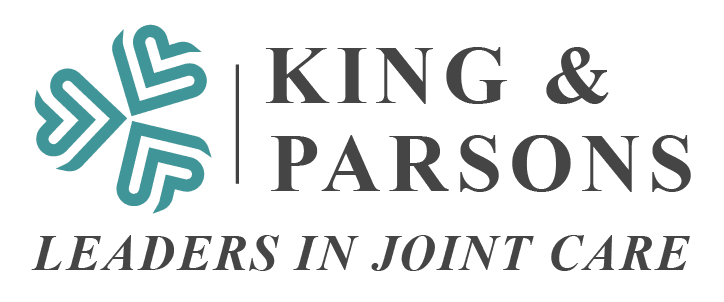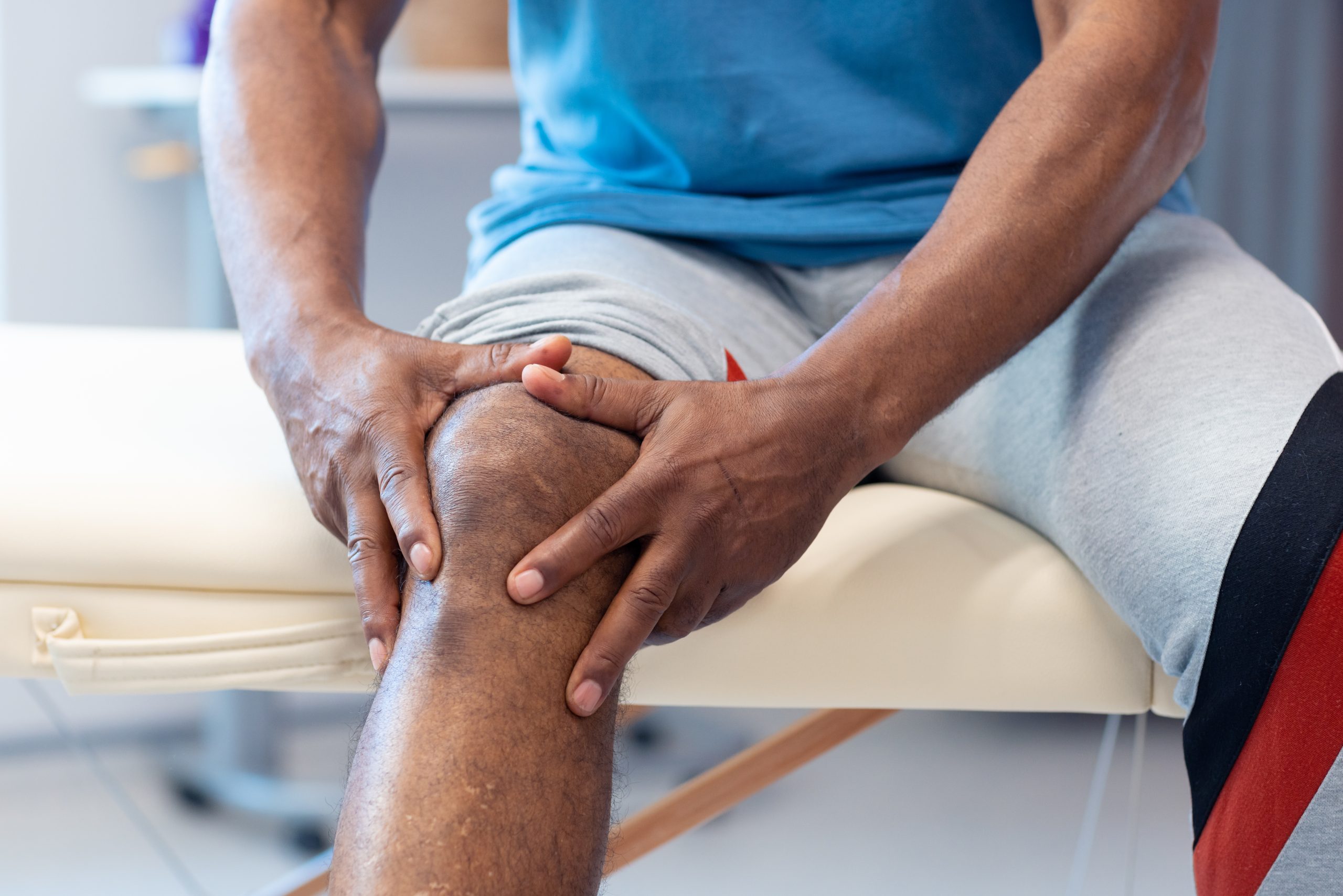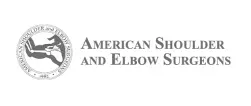Many joint replacement centers today try to market having a rapid recovery program to enhance the joint replacement outcome of the patient. Generally, these are hospital-based programs where a combination of health care providers including nurses, physicians, therapists, administrators and case managers devise a process whereby patients should theoretically recovery quickly with few complications. As a former medical director for a hospital-based joint replacement program, I have participated in the construction of such care pathways in the past and have come to learn over time that the focusing on compliance with the individual steps of the program is not a value-added approach. Most of these care pathways ultimately come to look like complicated flow charts and in order to measure outcomes, administrators begin to focus more on mandating completion of each step rather than how the patient actually did after surgery. Compliance and quality unfortunately are seldom linked and while hospitals may pride themselves in showing how successful that have been at getting patients through each step in these care pathways, ultimately this has no correlation with how the patient does after surgery.
We have now come to learn that the joint replacement outcome and not the process should be the primary focus. We now set a goal for what we want and expect the patient to achieve and then customize our approach to help the patient achieve that goal. A prescribed, cook-book approach does not accomplish this task and shift too much focus to completion of the “process” rather than achievement of the end goal. Our AVATAR approach now customizes each recovery to the individual with the primary mission being pain relief and excellent function. This is our value proposition to our patients – our commitment to outcomes so that patients can enjoy the benefits of joint replacement.















